Nutritious Green Foods You Didn’t Know About
Good nutrition is all about variety! Browse through our list of unusual fruits and veggies and give yourself a chance to try something new.

Surprise – most foods for heart health come from living things without hearts! That is, only one item on our list of the nine most heart-healthy foods is an animal and the rest are plant sources. Vegetarians, omnivores and paleo-lovers alike can all protect their hearts by including suitable foods from the following list more often.
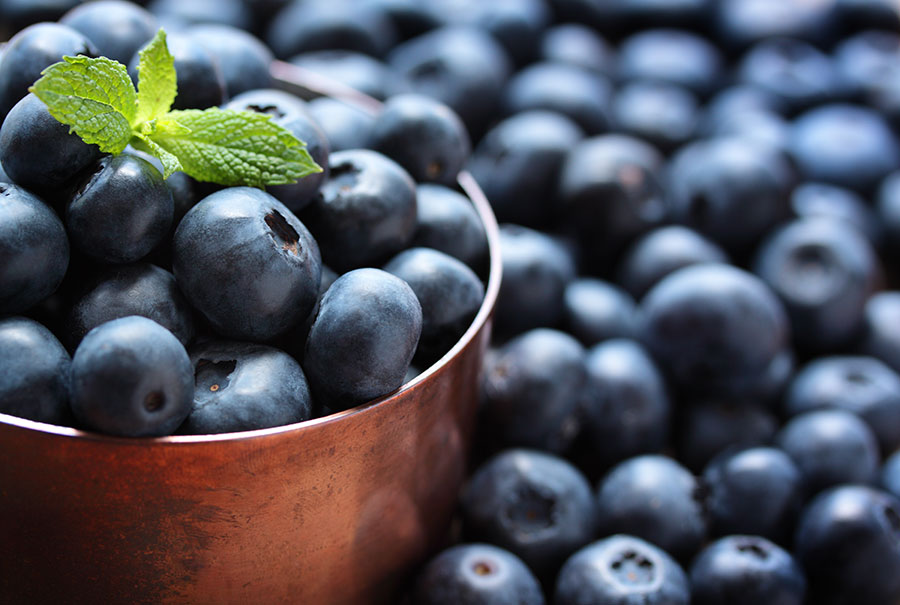
BLUEBERRIES
These fruit gems contain high levels of polyphenols1,2 and have multiple cardiovascular benefits including anti-inflammation,1 lowering blood pressure,2 regulating cholesterol oxidation2 and accumulation,1 reducing oxidative stress,1,2 and improving vascular function.1 Consumption of blueberries is associated with cardiovascular disease prevention1 and cardiovascular risk factor reduction.2
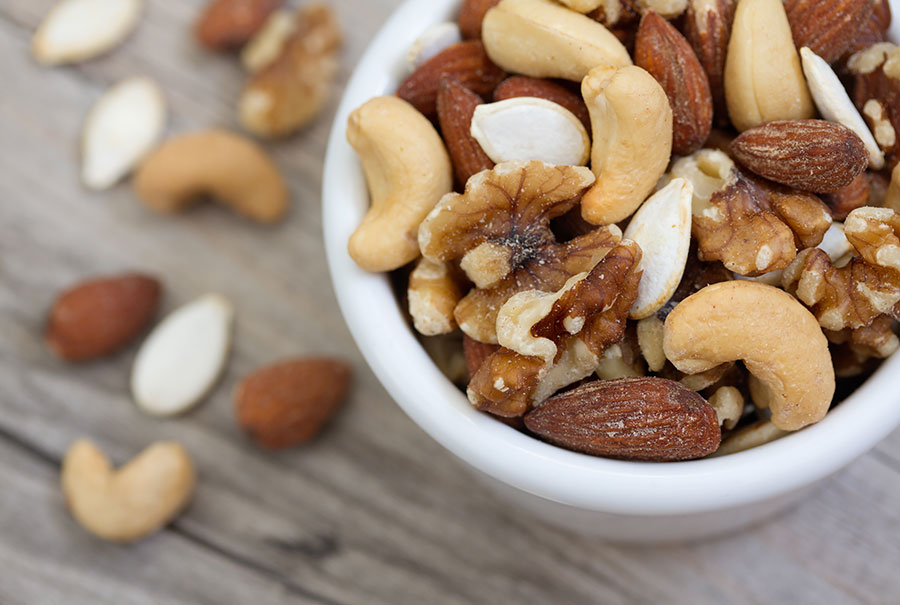
NUTS
The omega-3 fatty acid present in nuts, alpha-linolenic acid, may reduce cardiovascular disease risk and atherosclerotic plaque formation by changing vascular inflammation and improving endothelial dysfunction3 (the health of the vascular wall). In a nearly 5 year-long study those assigned to a Mediterranean diet supplemented with nuts (or extra-virgin olive oil) had a lower incidence of major cardiovascular events than those assigned to a reduced-fat diet.4

BEANS
Dietary fiber is known to help protect against cardiovascular disease.5 Legumes (including beans, peas, and lentils) are excellent sources of soluble fiber — the kind that can lower your “bad” LDL cholesterol.6 In a multi-country study, cardiometabolic risk (metabolic syndrome, inflammation, and obesity) was inversely associated with dietary fiber intake.5 Benefits are most pronounced with bean intake upwards of 4 times per week.

LEAFY GREEN VEGETABLES
Intake of leafy green vegetables may confer strong cardiovascular health benefits7. Researchers noted that, “Increasing vegetable intake, with a focus on consuming leafy green and cruciferous vegetables may provide the greatest cardiovascular health benefits.”7 A few studies showed that the greatest cardiovascular benefits were observed at intakes greater than 120 g/day [about 2 cups] for leafy green vegetables.7 Spinach, kale, collard greens, mustard greens, and chard are well-known leafy green veggies.

AVOCADOS
These fatty fruits contain beneficial monounsaturated fats (as well as polyphenols, carotenoids, vitamin E, phytosterols, and squalene) which can lower your LDL cholesterol. 6,8 Avocados seem to help prevent chronic inflammation that makes atherosclerosis, the hardening of artery walls, worse.6 They also inhibit platelet aggregation and help prevent thrombus formation. 8
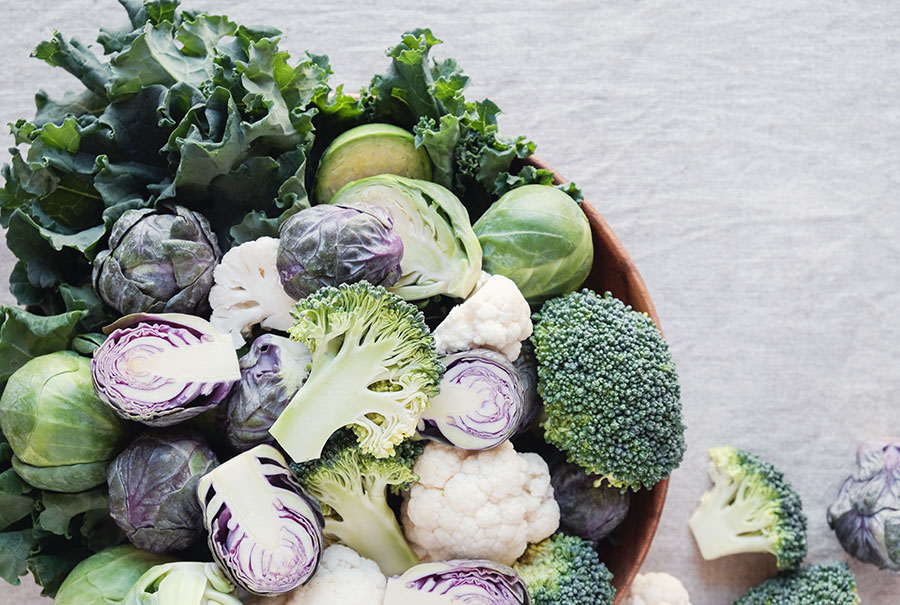
CRUCIFEROUS VEGETABLES
Evidence supports the notion that cruciferous vegetables promote strong cardiovascular health7. Researchers noted that, “Increasing vegetable intake, with a focus on consuming leafy green and cruciferous vegetables may provide the greatest cardiovascular health benefits.”7 A few studies showed that the greatest cardiovascular benefits were observed at intakes of greater than 200 g/day [about a cup] for cruciferous vegetables.7 Brussel sprouts, cabbage, cauliflower, broccoli, and bok choy are well known cruciferous veggies.

OLIVE OIL
Extra-virgin olive oil contains minor antioxidant compounds9 and a lot of monounsaturated fat. Consuming extra virgin olive oil augments the anti-inflammatory effect of HDL, may repress atherosclerotic inflammatory genes, and helps retain anti-atherogenic activity with advancing age.9 In a nearly 5 year-long study those assigned to a Mediterranean diet supplemented with extra-virgin olive oil (or nuts) had a lower incidence of major cardiovascular events than those assigned to a reduced-fat diet.4

SALMON
Fatty fish such as salmon are rich in long chain omega-3 polyunsaturated fatty acids (LCn-3PUFA) which have anti-clotting6 and anti-inflammatory effects and help lower triglycerides,6 a fat implicated in heart disease. Though not all studies demonstrate cardio-protective effects of LCn-3PUFA, it may be that omega-3‘s role in cardiovascular disease prevention may be dampened by high intake of omega-6 fats. Within a Mediterranean diet (low saturated fat), high omega-3 fat consumption is cardio-protective.
REFERENCES:
Good nutrition is all about variety! Browse through our list of unusual fruits and veggies and give yourself a chance to try something new.
Does liberally salting your food help you pump more iron in the gym? Registered Dietitian, Debbie James, investigates the claims!
One frequently asked question is about the recommended intake of protein. We hear you! Here is everything you need to know.
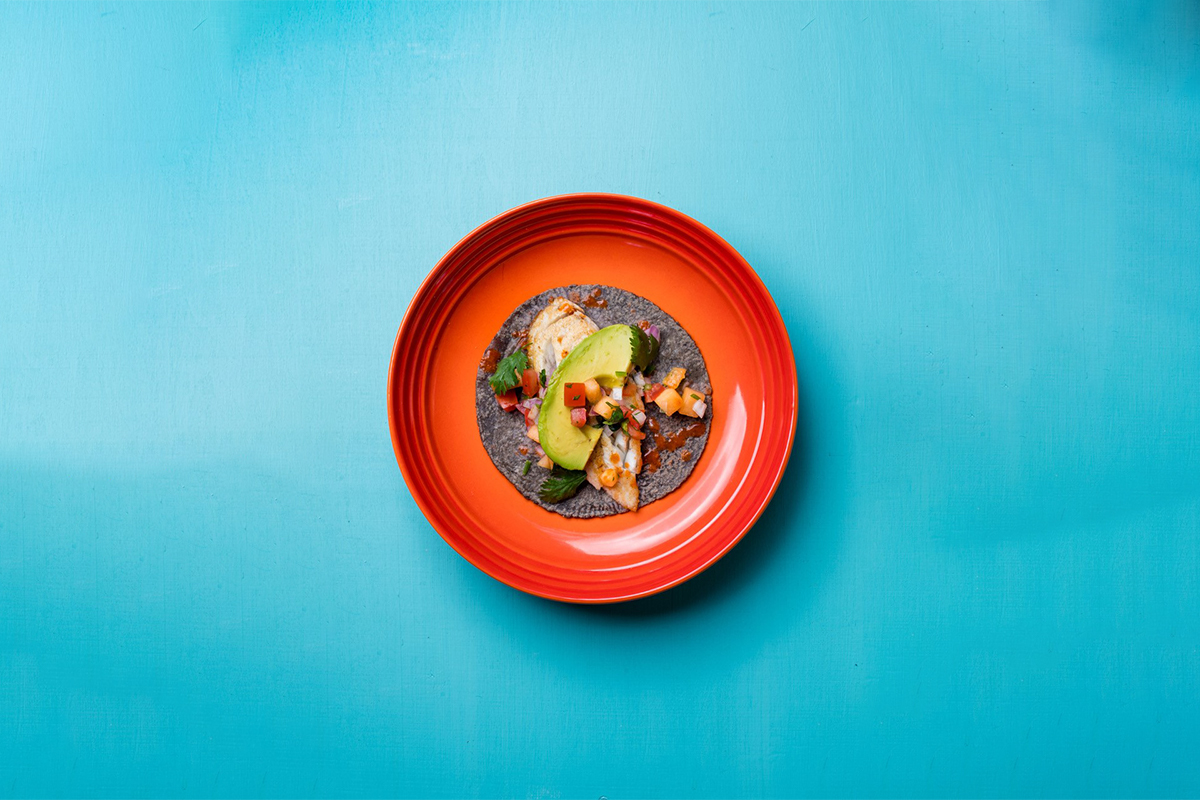
“One of our goals with every new dish that we create is that we want to make an impact with big bright flavors but we also want our guests to leave Puesto feeling great. We feel that cooking with great quality fresh produce and ingredients is the only way to achieve that.”

For the Habanero Crema
For the Melon Salsa
To Plate
Step 1:
For the Crema
Step 2:
For the Salsa
Step 3:
For the Tacos
Yields 8 tacos.
To view all locations and hours of operation, please visit http://eatpuesto.com/locations/.
Featured Recipes
Good nutrition is all about variety! Browse through our list of unusual fruits and veggies and give yourself a chance to try something new.
Does liberally salting your food help you pump more iron in the gym? Registered Dietitian, Debbie James, investigates the claims!
One frequently asked question is about the recommended intake of protein. We hear you! Here is everything you need to know.
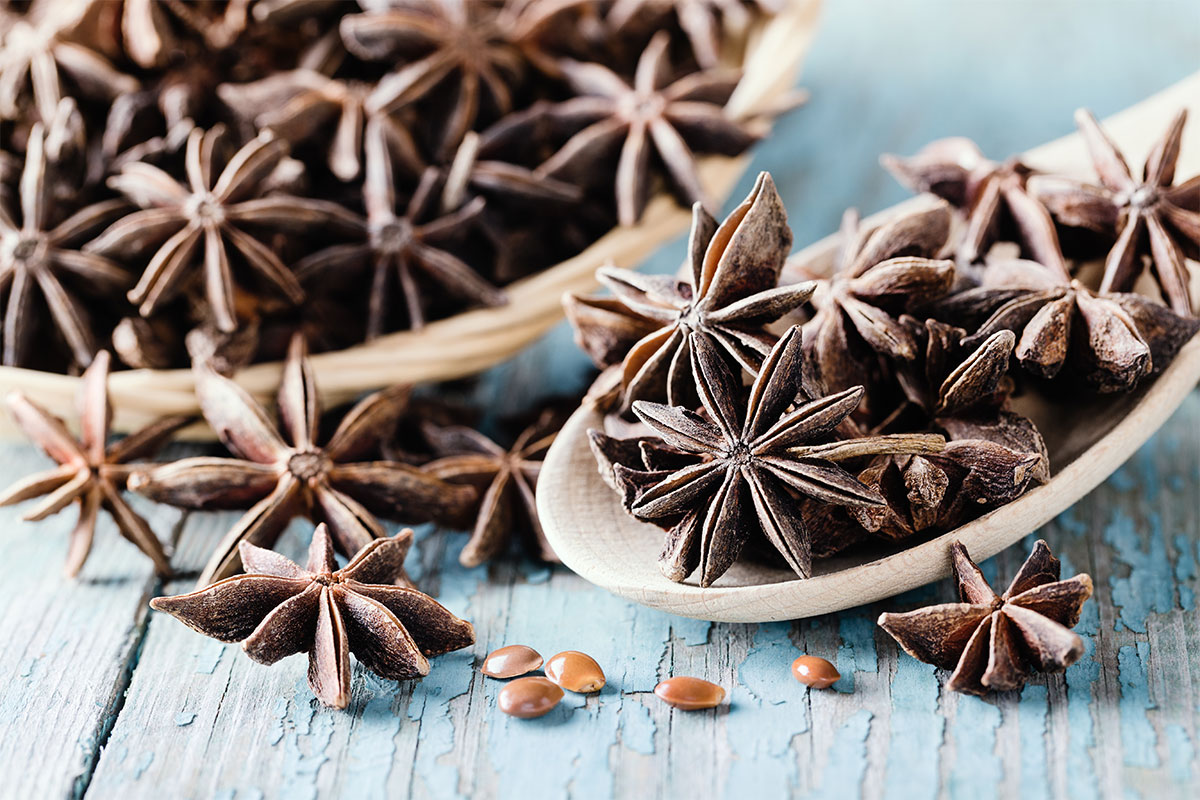
Spices are known for imparting flavor, but they are also an integral part of maintaining health and preventing disease! The medicinal value of spices has been recognized for thousands of years by the ancient Indian medical system known as Ayurveda.1 Since many diseases are a result of weak immune systems or chronic inflammation, preventing these two states can make a big difference in your health.
The immune response is a built-in defense system, protecting the body from foreign invaders and infection by communicating between cells and their chemical signals. While our skin is the outer shield of our bodies, our gut mucosa serves as the internal barrier. What we eat (especially nutrients, alcohol, coffee, spices, and salted food) affects this barrier, which is the starting point of most immune responses. It’s true that a healthy immune system can ward off infection from cold-causing germs. However, our immune systems are also activated by the longer-term stimuli of physical stress, psychosocial stress or malnutrition.2
Chronic low-grade inflammation is a prolonged and abnormal immune response of altered cell communication that does not resolve itself, leading to ill health and a variety of life-threatening conditions.2,3 This “silent inflammation” is connected to several diseases of advanced age such as heart disease, diabetes, arthritis, Alzheimer’s and certain cancers.4 Persistent inflammation is also involved in the development of obesity (and associated metabolic complications), inflammatory bowel disease, asthma, and rheumatoid arthritis.2,3,5 Inflammation of the nervous system plays a key part in neurodegenerative diseases, mood disorders (including depression and anxiety), and pain.2
Beneficial Spices
Spices come from the roots, bark, and seeds of the plant, while herbs* are the leaves. Essentially, any part of the plant that is not a leaf and can be used for seasoning may be considered a spice.
Spices and other medicinal plants have many bio-active compounds. Some have antibiotic properties (boosting our innate immunity against infections) and others are anti-inflammatory agents.5,6,7 Nutraceuticals present in several spices have shown potential to inhibit or reverse inflammatory responses and help prevent many chronic diseases related to sustained inflammation:






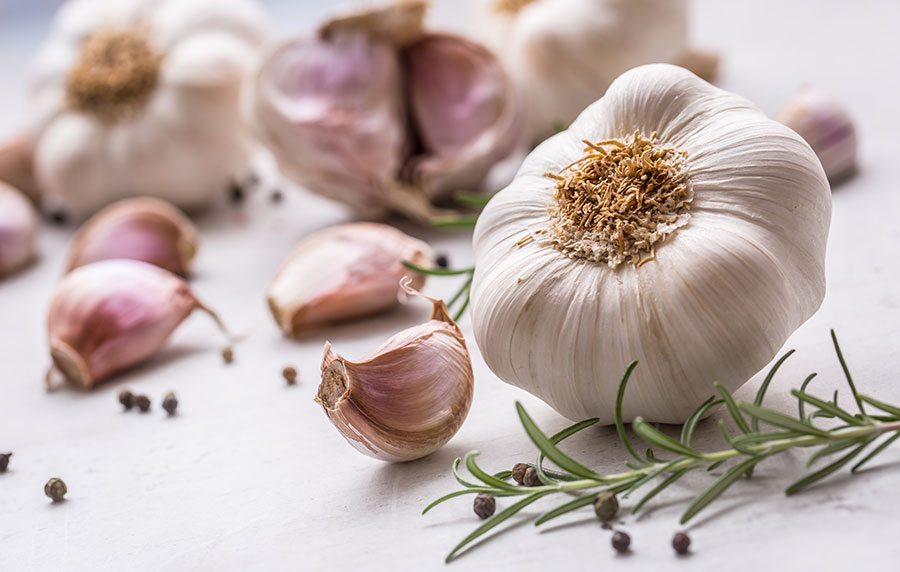


Make your own spicy blend without salt! The Academy of Nutrition and Dietetics recommends the combination below for Mexican-style dishes. Just store in a tightly covered jar.
Source: Eat Right: Eating Right With Less Salt (tip sheet). Academy of Nutrition and Dietetics, 2017.

Many other spices are beneficial in alleviating inflammation including allspice, caraway extract, chili pepper, cloves, cocoa and fenugreek.5 *Herbs with anti-inflammatory activity include bay leaf, marjoram, oregano, rosemary, sage, and thyme.5
Beneficial Diet
A diet rich in spices that decreases inflammation and oxidative stress can promote healthy immune balance. Around the world, the basic concepts for following an anti-inflammatory diet include adding a variety of spices, especially ginger and curry.4 So what about the rest of your diet? An overall anti-inflammatory, antioxidant eating plan augments immune function, fights inflammation and hampers disease development.2,10 An anti-inflammatory Mediterranean eating plan includes spices daily.
A Mediterranean diet pattern, in particular, has an anti-inflammatory effect.11 This type of diet is rich in fruits, vegetables, legumes, grains, red wine, seafood as well as monounsaturated fatty acids and omega-3 fats.8 These components provide a lot of fiber, magnesium, carotenoids, and flavonoids which help reduce inflammation.8
No matter your taste preference or diet plan, there are immune boosting and anti-inflammatory spices you can include regularly. Use them often and in greater amounts to get the most benefit!
References:

November 7th was National Bittersweet Chocolate and Almonds Day! We’re breaking down why they’re good for you and how much you should eat to enjoy the benefits.

When you’re looking for fresh flavors to dress up your salad, make your own dressing with one of these easy (dietitian approved) recipes!

With over 62 million tons of wasted food in the U.S. each year, minimizing our impact is more important than ever. Read on to learn what you can do to help reduce food waste.

“The Dory Catch at Lido Bottle Works highlights and encompasses the true meaning of local in every ingredient. The fish changes every day. Here’s one you can make at home. Try and support a local farmer’s market when you shop for this.”

Photography provided by: Lido Bottle Works


Lido Bottle Works is located at 3408 Via Oporto #103, Newport Beach, CA 92663. Open Monday through Thursday 11am to 11pm, Friday and Saturday from 11am to 12am, and Sunday from 11am to 10pm. For the menu and additional details, please visit lidobottleworks.com.

Photography by: Niyaz Pirani, Knife & Spork Public Relations
Recipe provided by Executive Chef Amy Lebrun of Lido Bottle Works
For the Salmon
For the Kabocha Squash Puree
For the Fingerling Potatoes
For the Winter Green Salad
Step 1:
For the Salmon
Step 2:
For the Kabocha Squash Puree
Step 3:
For the Fingerling Potatoes
Step 4:
For the Winter Green Salad
Featured Recipes
Good nutrition is all about variety! Browse through our list of unusual fruits and veggies and give yourself a chance to try something new.
Does liberally salting your food help you pump more iron in the gym? Registered Dietitian, Debbie James, investigates the claims!
One frequently asked question is about the recommended intake of protein. We hear you! Here is everything you need to know.
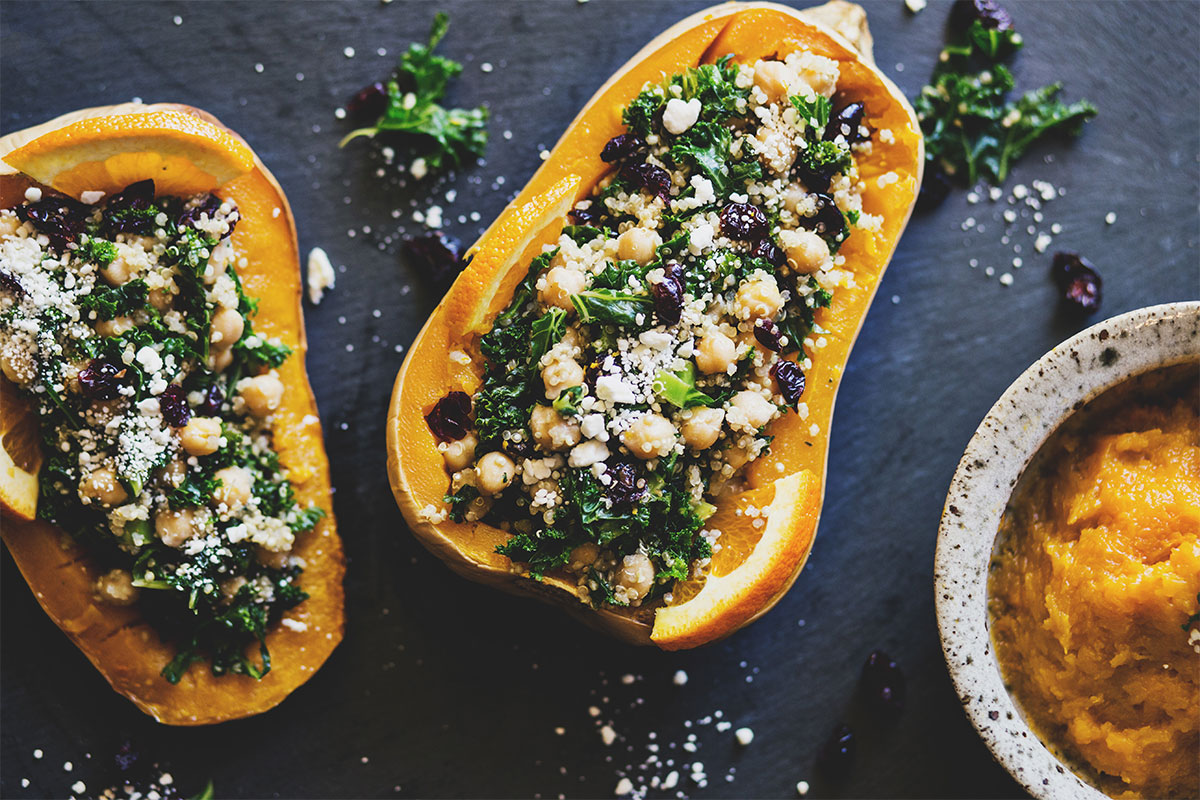

What type of foods should I eat, and exercises should I do? I want to lose 50 lbs. safely. I’m 5’7″ and weigh 203 lbs. and I want to reduce my BMI. How can I stay motivated to workout consistently and hard?
– Kristy M.

Since your height and weight don’t tell me anything about who you are, it’s difficult to say what foods you should eat. There are several approaches to weight loss. One is to start with what you already eat and reduce portions, say by 25%. Another is to calorie count and track your intake. You could also go vegetarian. But realistically, the plan you choose should match up with how you live and what you believe about food. I mean, telling you to cook steel cut oats if you dash out the door in 10 minutes each morning is a set-up for failure! I can say that nearly everyone could stand to eat more wholesome, unprocessed ‘clean’ plant-based foods and avoid fried food, candy, junk food, and soda.
I’d encourage you to work through our 90 Day Nutrition Plan to a Leaner You, laid out over three parts. #MoveMoreBurnMore
Motivation comes from within, but a repeating few mantras or sayings can help keep you focused:
As far as working out hard, know that it takes a change to create a change – push yourself out of your comfort zone so your body is forced to adapt.
– Debbie J., MS, RD
This article should not replace any exercise program or restrictions, any dietary supplements or restrictions, or any other medical recommendations from your primary care physician. Before starting any exercise program or diet, make sure it is approved by your doctor.
Some questions have been edited for length and/or clarity.
 Have a nutrition question? Our registered dietitian is ready to help!
Have a nutrition question? Our registered dietitian is ready to help!
Email nutrition@lafitness.com or submit your question below and it may be featured in an upcoming article!
Good nutrition is all about variety! Browse through our list of unusual fruits and veggies and give yourself a chance to try something new.
Does liberally salting your food help you pump more iron in the gym? Registered Dietitian, Debbie James, investigates the claims!
One frequently asked question is about the recommended intake of protein. We hear you! Here is everything you need to know.
Be the first to know about exclusive
content, deals and promotions